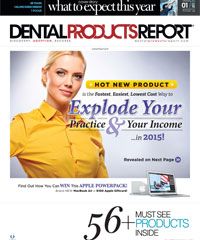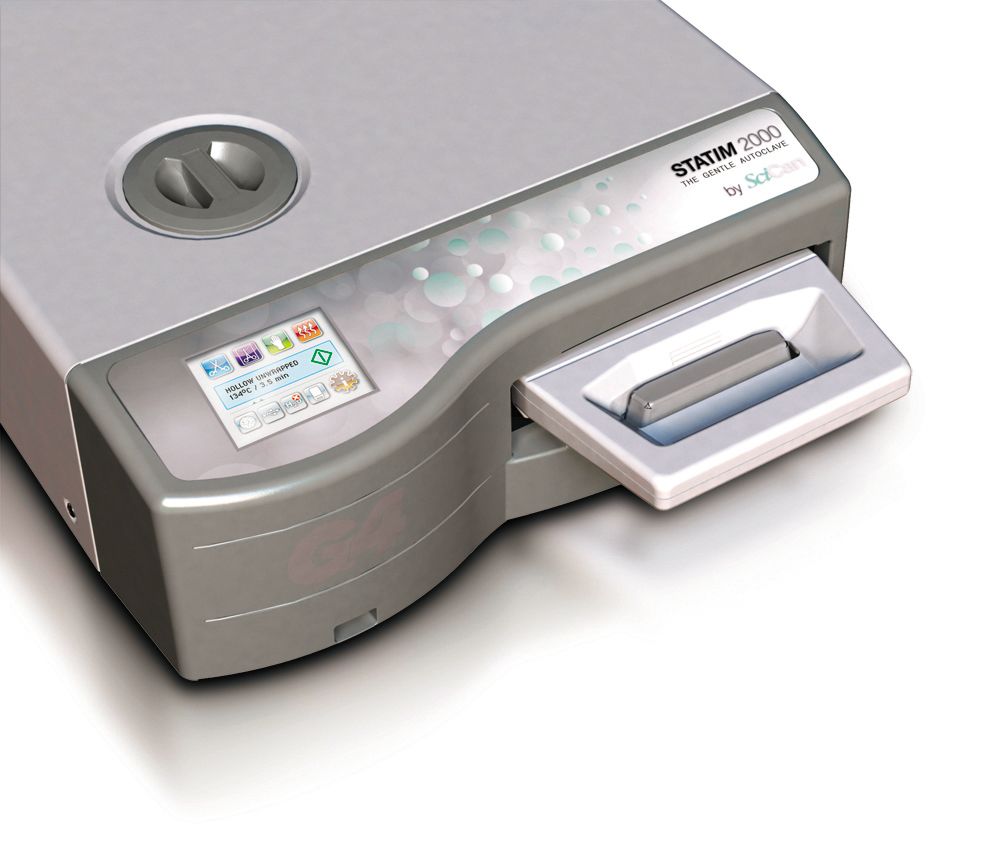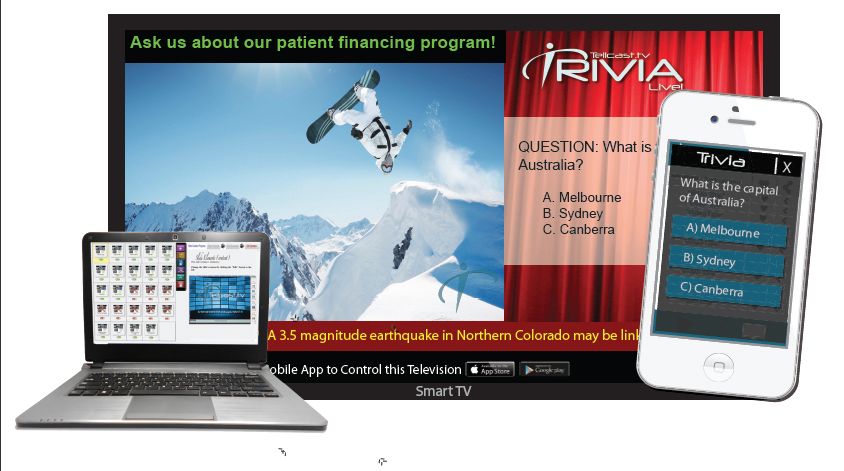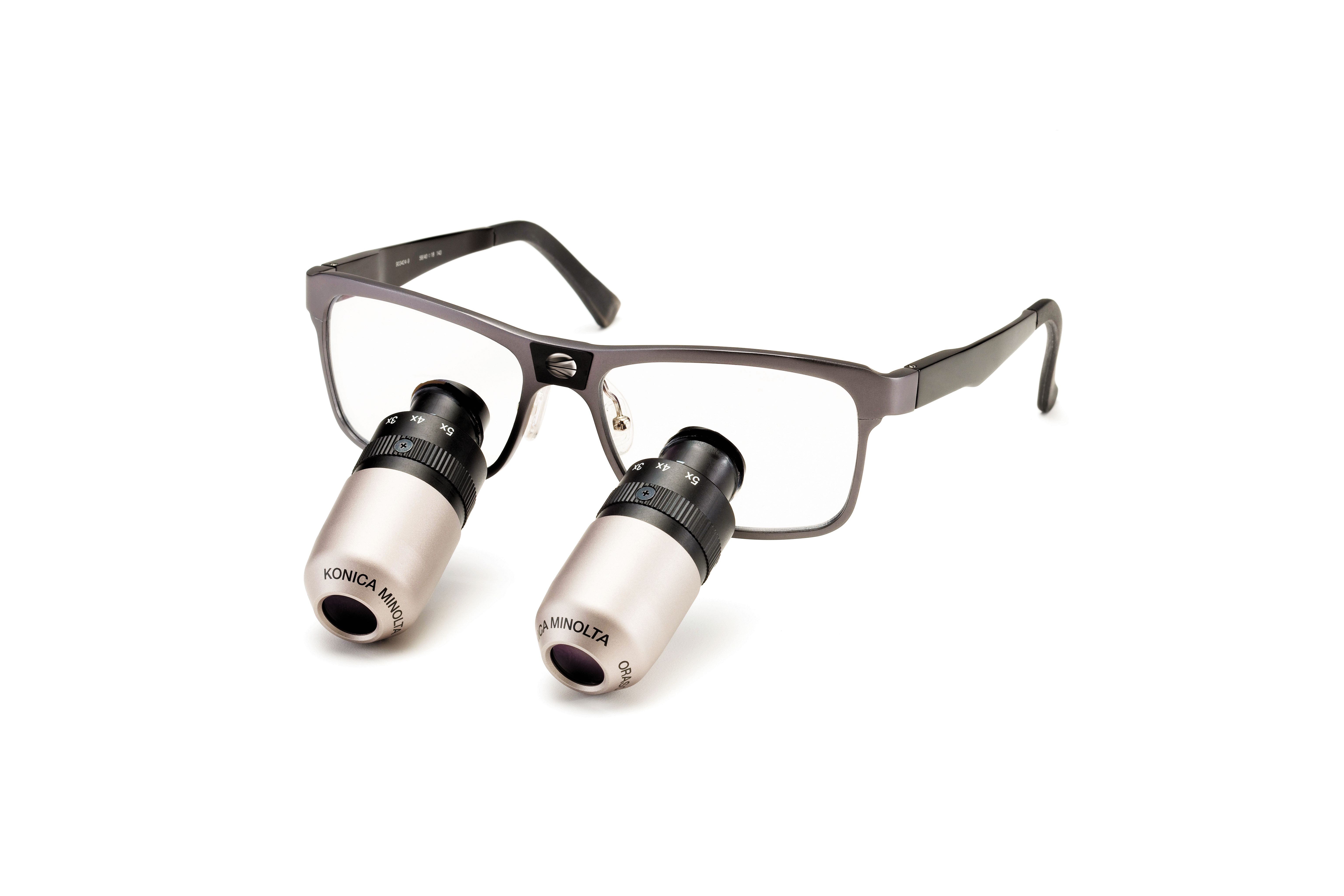Dr. John Flucke's 10 dental practice predictions for 2015
Each year, Dr. John Flucke shares his predictions for emerging and continuing dental industry trends in the coming year. Here are his predictions for 2015.
Each year, Dr. John Flucke shares his predictions for emerging and continuing dental industry trends in the coming year. Here are his predictions for 2015.
Well, here we are again ... another year under our collective belts and more growth and development in our beloved profession. I got some great advice and mentoring in dental school (Brett, I’m talking about you!) but I also got a few tidbits of “ less-than-stellar advice.” The worst advice I got was from an older instructor who told me, “Flucke, you are getting such a great education here, you could graduate and never learn another thing and you’ll be just fine.” Uh, that hasn’t held up.
We have seen some changes come down the pipe in 2014, and 2015 promises to be even better. Predicting the future is always dicey and more than a little stressful for me. It was easier for my toupee-wearing Uncle Louie to walk down the street on a windy day than it is for me to put my Technology Evangelist reputation on the line with predictions. However, my bosses here at DPR (and all of you amazing readers) really like predictions … so here we go!
Smart Equipment
I’ve written about Internet-connected equipment before, but now we are starting to see equipment that is Internet-connected and “Internet smart.” By that I mean that they have a connection and update themselves over the Internet whenever improvements are developed. My SciCan Statim G4 autoclave sends e-mails to me on every cycle and notifies my service folks at Goetze Dental if it needs repairs. My Bien-Air iChiroPro and iOptima handpiece systems connect to an iPad and an iPod, respectively. They are run by apps that are updated by the Apple devices and have the ability to be truly “intelligent devices.”
The Cloud Connection
While cloud-based practice management software continues to become a bigger part of what we do, this year I’m looking at ways “the cloud” can work in every office. We use Tellcast.tv to stream in custom-made entertainment and dental information that is unique to our office. This affordable service provides custom cloud-based videos and other information that is created just for us and stored in the cloud.
Patient education is also something that is better in the cloud. With no updates to run and no server to buy and maintain, services like CurveEd (free from Curve Dental) and CAESY Cloud make patient education easy to use and simple.
Then we get to patient communication services such as Lighthouse and Solutionreach. Being able to text, e-mail and confirm patients through the cloud with no staff time involved is amazing!
Related reading: Cloudy with a chance of computing
At some point, there is going to be a merge between dentistry and medicine from a records standpoint. The federal government wants to have a single record because doing so will allow for more comprehensive diagnostic data to be available which will allow anyone treating a patient to be able to provide more comprehensive care. Having all of a patient’s healthcare data in a single storage spot that doesn’t treat medicine and dentistry as separate will also create efficiency … and that should save money. Hopefully the merging of the health record will do just that.
What many (both inside and outside of healthcare) don’t realize is the federal government is hoping to cut healthcare costs by streamlining the data involved. A few years back, the fed’s projections were for more than 20% of the GNP of the U.S. to be spent on health care by 2020. There are concerns that a country putting that much of their GNP into the healthcare sector might be unable to compete in other sectors within the global marketplace.
It may not be in 2015, but at some point in the not-too-distant future, this emphasis on streamlining data is going to be big news.
Continue to page two to read more of Dr. Flucke's predictions...
Like the Electronic Health Record, this is a subject that might not make headlines in 2015, but like a dark line across the horizon, I can see it looming and it is approaching.
For a while now, all of healthcare has been dealing with tightening our security in a variety of ways, not only because it is the law, but also because it is the right thing to do. I’ve always been proud of how our profession strives to do the right thing and I think our approach to and adoption of HIPAA has been a shining example of this.
However, there is a lot more to HIPAA than almost anyone in our profession is aware of. This past summer, I spent a day with the smart people at SolutionStart. In addition to being a first-class integration and IT security firm, the company also has an on-staff HIPAA expert. There, I was given a briefing on the latest on HIPAA. Believe me when I tell you it is a very complicated subject. My best advice to offices is to designate someone in your office as the “HIPAA Privacy Officer” and allow him or her to research and become as familiar with the rules as possible. Up to this point, financial penalties for compliance failures have been small, but that is starting to change. The only way to avoid penalties is to be in compliance and the only way to be in compliance is to be educated.
Trending article: Recent study finds French kisses swap more than spit
Open Source CAD/CAM
Digital impression systems are starting to make deep inroads into our profession. For many years, the only way to even have the ability to do digital impressions was for the office to buy a CAD/CAM system and perform the procedure start to finish. The drawback was that some doctors wanted digital impressions, but lab-fabricated prosthetics. Then, after more than 20 years of the “start to finish” philosophy, companies began to bring to market systems that allowed offices to take digital impressions with acquisition units and send the data out of the office. The data is used to create CAD/CAM fabricated models, which are sent to the lab and the lab uses them to create a traditionally fabricated prosthesis.
This technology has now come “full circle” as we are now seeing milling units designed to communicate with what were once “acquisition only” devices whose sole purpose was to acquire data that was used to fabricate models.
These acquisition units (and there are many) are open source, meaning that the data they acquire is saved in a format that can be read and used by a variety of milling units. My office is currently starting an evaluation of a milling unit that communicates with our iTero system. It will give us the ability to choose whether we mill the prosthesis in-house or send it to our lab (Technical Crown & Bridge).
The outlook here is very bright as the clinical success of CAD/CAM is very well known. Any office that already has a digital impression system only needs to find a milling unit that they prefer and they are ready for office fabricated restorations.
Trending article: The top 10 most-read articles of of 2014
3D and 3D Integration
We are already seeing lots of 3D virtual treatment planning and this is only going to continue to expand. While we can now completely visualize guided implant surgery utilizing cone beam scans and the proper treatment planning software, the next step in the evolution of this is the virtual placement of the final restoration. Being able to design and create the restoration virtually (including virtual articulation) means that more and more “the doctoring will be in the treatment planning.”
We are rapidly approaching a time that much of the treatment that used to be done hands-on with articulators, models, etc., will all be done inside the computer.
Security
Every year, this becomes a bigger and bigger issue. At this point, I feel that a dental office is a small target compared to major retailers and that is what spares us from major break-ins and data theft. It definitely behooves the office to have a professional IT presence. I prefer someone with dental experience as they have a vested interest in keeping your office up and running. Gone are the days of hiring the local high schooler that is “good with computers.” This requires a professional.
Suffice it to say that antivirus software and a firewall are a must these days.
Continue to page three to read more of Dr. Flucke's predictions...
Backups
This really goes hand in hand with #7 above. No matter how hard you try to keep up, eventually everyone suffers some type of meltdown. Having a reliable backup is a vital part of an IT strategy to help avoid disaster.
A good backup is like a parachute. You pray you never need it, but when you do, you’ll be glad you have it. In my years of dental technology, I’ve only needed a backup twice … but both times I’ve been glad I have it.
Along the same line of thinking, it behooves you to have more than one backup. It also pays to have some type of system that can continually monitor your systems and do an offsite backup as well. For that, I highly recommend a service such as DDS Rescue to provide onsite as well as offsite backup in one system.
Trending article: The top 5 dental industry trends of 2014
Evolving Magnification
The past two years have seen some serious changes in the use of magnification in dentistry. We are seeing LED lighting systems built into our surgical telescopes and, with the introduction of the Orascoptic Eye Zoom, we are now seeing variable magnification in a single surgical telescope system.
Look for things to be even more interesting in the future. To do well, you must see well and the only way to do that is to make sure you are using the best magnification available.
Trending article: The top 5 things you need to know about dental fees
It’s not here yet, but trust me when I say that somewhere, there is R&D being done on printing dental restorations. We currently have milling units that take blocks and grind them into restorations (subtractive), but in the not-too-distant future, we will have 3D printers (additive) that will create those same restorations.
They aren’t here yet, but they will be. It’s only a matter of time.
My real hope is that the material the printer requires is less expensive than the current generation of milling blocks.
About the author
John Flucke, DDS, is Technology Editor for Dental Products Report and dentistry’s “Technology Evangelist.” He practices in Lee’s Summit, Mo., and has followed his passions for both dentistry and technology to become a respected speaker and clinical tester of the latest in dental technology, with a focus on things that provide better care and better experiences for patients. He blogs about technology and life at blog.denticle.com.




